Capability that spans industries
Beyond compliance, high-emitting sectors from energy to manufacturing face pressure from customers, partners, employees, shareholders and investors to track, analyse and reduce their footprints.
Global sustainability reporting standards are taking an industry-based approach, so ST is too. Fully customisable to each sector, it centralises data, creates a digital replica and performs asset-wide mass and energy balance unique to industrial assets.
Your industry, analysed
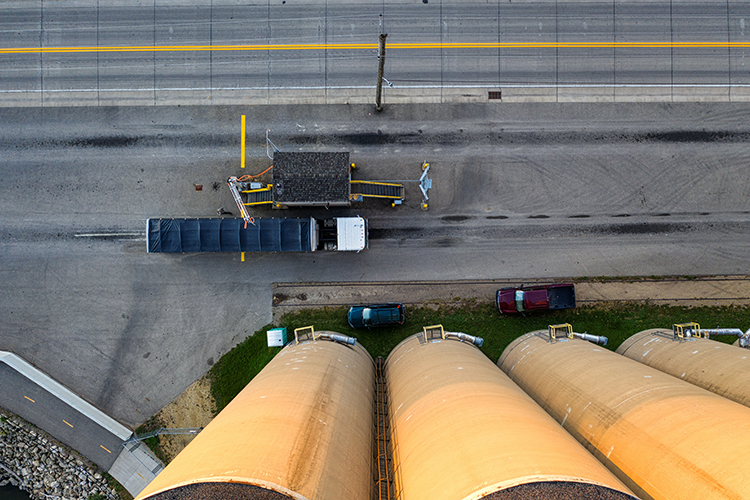
As both the largest source of carbon emissions and largest source of electricity generation, the coal industry faces the unique dual challenge of transitioning to cleaner and more sustainable technologies while managing a controlled ‘phase down’ over time.
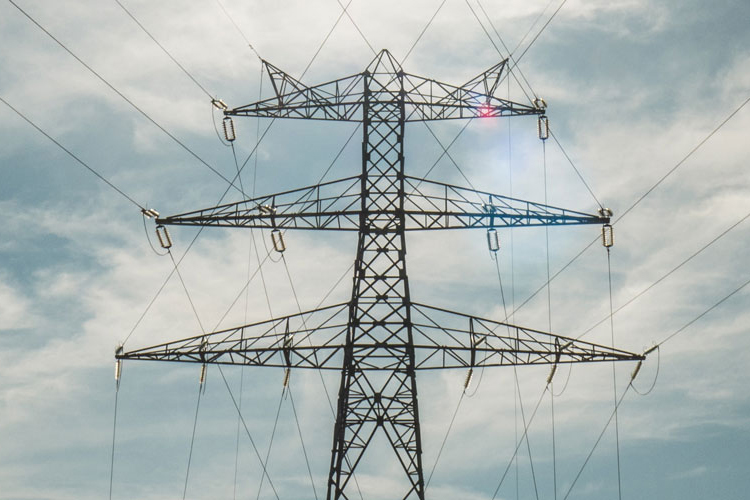
Power generation is the world’s largest source of CO2. The sustainability and net zero movements are accelerating the electrification of everything from transport to heavy industry. The resulting surge in demand for power heightens the need to embrace renewable sources such as solar and wind.

The rapid scale-up of energy storage will be critical for addressing the hour-to-hour variability of wind and solar PV electricity generation on the grid in a decarbonised electricity system. Grid-scale batteries are on an upward trajectory projected to account for the majority of storage growth globally.
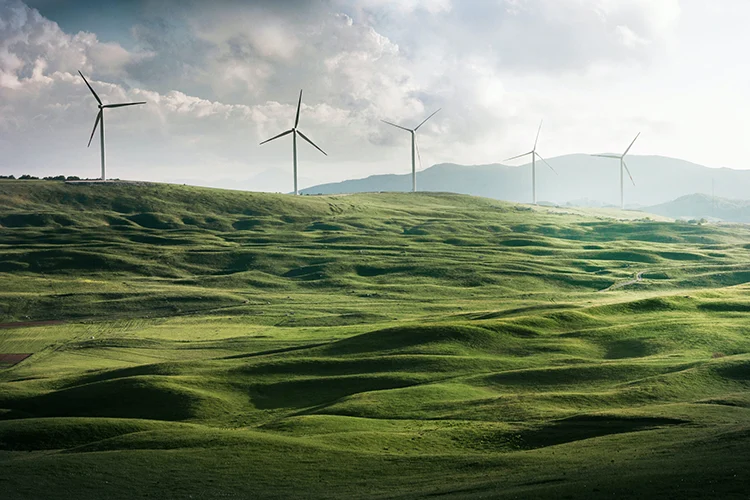
Unlocking more sites with larger turbines, onshore wind is now a proven technology. Offshore wind is also expected to grow rapidly by accessing more consistent load hours. While wind is one of the fastest growing renewables, more investment is needed to drive capacity and lower costs.

Fuelled by rising industrialisation and urbanisation, this sector – including cement, aggregates, glass, plastics, insulation, bricks and more – is striving to meet growing demand with fewer emissions. Builders, consumers and governments are pushing hard to go green and create a circular economy.

As a major contributor to global electricity generation, cleaner than fossil fuels like coal, natural gas plays a key role as part of a transition to net zero energy. Even with the surge of non-emitting renewables like wind and solar, gas will continue to play a critical role to meet base demand.
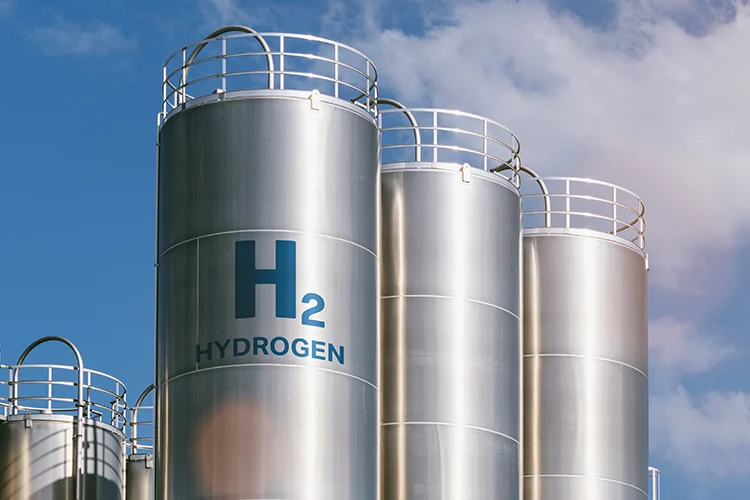
Global hydrogen demand is growing, with many countries committing to a strategy of adopting low-emission hydrogen as a cleaner component of their national energy networks. However, to reach net zero targets, more investment is needed to drive demand and scale up production.

The proliferation of electronic devices, including solar panels, has created a toxic and expensive problem. Millions of tonnes of eWaste are produced each year with most ending up in landfill. The global aim is to create a circular economy to extend the life of products and reuse valuable components.

Driven by expanding populations and economies – especially in India, Africa and ASEAN countries – global demand is forecast to keep growing strongly. While new methods have helped carbon intensity decrease slightly in recent years, faster progress is needed to hit net zero emissions by 2050.

The use, storage and distribution of water is a significant contributor to global GHG emissions, with energy-intensive water services also adding to global methane emissions. Impacted by climate change itself, the sector has a role in cutting emissions by using, and producing, renewable energy.
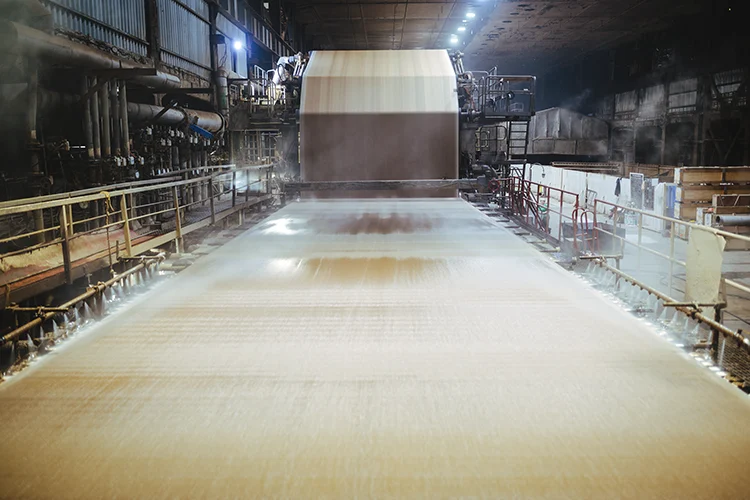
Demand for paper has accelerated and is expected to continue in growing economies and populations. Drying pulp is a heat and energy intensive process, and investment is needed in sustainable techniques to reuse latent heat, reduce water waste and shift to renewable energy.

Contributing raw materials to a vast array of products from primary chemicals to plastics and fertiliser, the chemical sector is one of the highest energy consumers and CO2 emitters. Investment in technological innovation, efficiency gains and higher recycling rates are needed to improve sustainability.
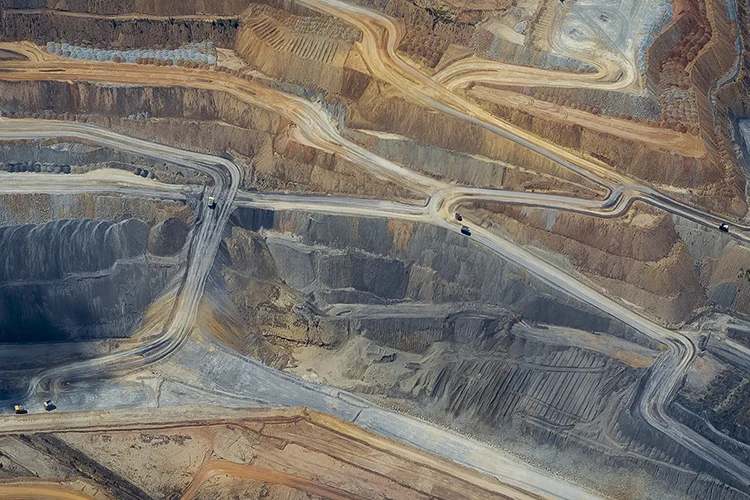
A high-profile target and slow starter, miners and metal processors of all kinds face intensifying pressure to decarbonise in areas such as operational efficiency, electrification and renewables to meet compliance, control costs, and maintain their reputation and social licence to operate.
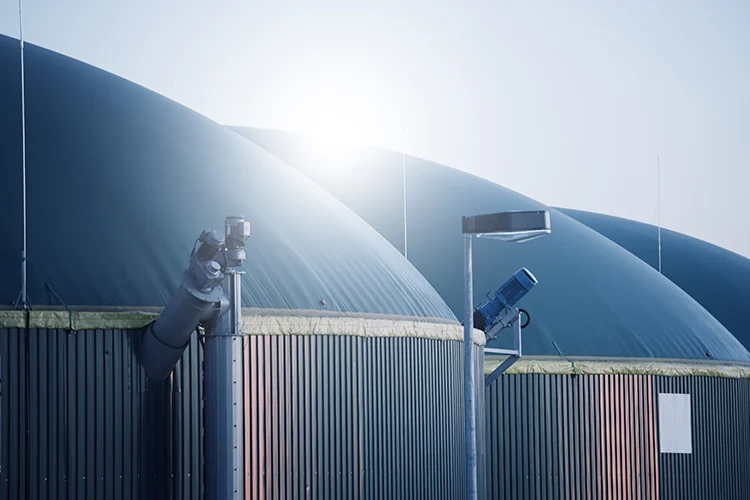
Modern bioenergy is a major source of renewable energy, significantly higher than wind and solar. While the demand for bioenergy for electricity and biofuels for transport to replace fossil fuels is high, care is needed to limit the potential negative social and environmental impacts of its production.
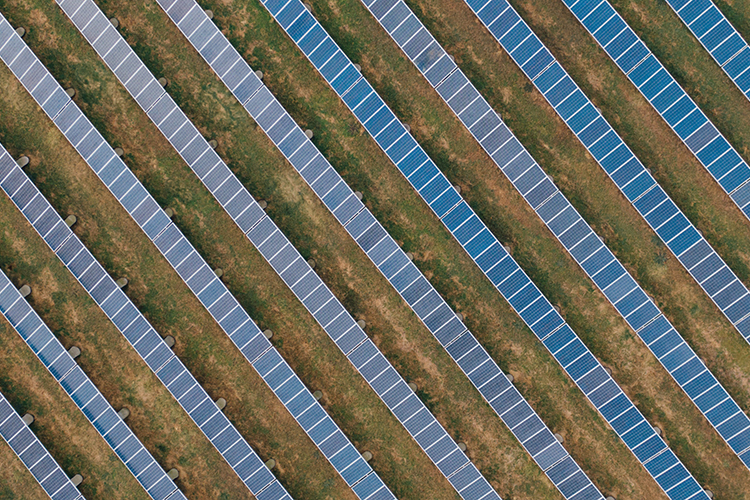
Modular, compact, flexible and affordable, solar PV is becoming the lowest cost option for new electricity across the world for applications from off-grid homes to utility-scale power generation. With investment expected to ramp up, greener manufacturing processes and more recycling is a focus.